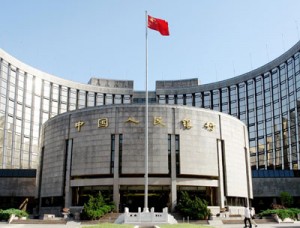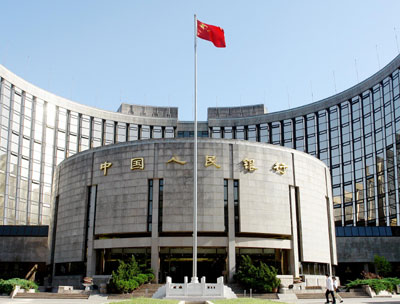 The People’s Bank of China has injected over £3.1 billion into the country’s strained banking system in order to reduce concerns over a coming “credit squeeze.” The last few weeks of Chinese finance have been marked by growing worries over a lack of available credit – a concern that’s been reflected in interbank interest rates.
The People’s Bank of China has injected over £3.1 billion into the country’s strained banking system in order to reduce concerns over a coming “credit squeeze.” The last few weeks of Chinese finance have been marked by growing worries over a lack of available credit – a concern that’s been reflected in interbank interest rates.
One of the most important benchmarks, the seven day bond repurchase rate, rose to 8.93% before falling back down to 6.56% following the People’s Bank’s injection of over £3.1 billion of capital. Experts believe that the growing Chinese credit crunch is caused by a number of cultural and systematic factors.
These include “window dressing” – a practice by which banks hold onto cash in the final months of a year in order to improve the appearance of their balance sheets. A bank typically resumes its typical lending practices in the following period. Another is the massive increase in excessive lending that has occurred over the past year in China.
Authorities have attempted to reverse the trend of excessive lending, which is now a growing problem in China. New changes to regulations have forced several banks to change their practices as previously loose and tolerant conditions have become far more strict and restrictive.
The credit squeeze, in many ways, mirrors those seen in Western economies from 2007 until 2010. Tensions in China have caused many former bullish commentators to reverse their positions and note that there are serious financial issues affecting the world’s fastest-growing major economy.
Many experts fear that the combination of slowed quantitative easing programmes in the United States and tighter regulation of the Chinese financial markets could be a serious issue for the country’s future growth. Shares in Shanghai dropped 2% on news of the credit squeeze on Friday, but recovered the following week.





